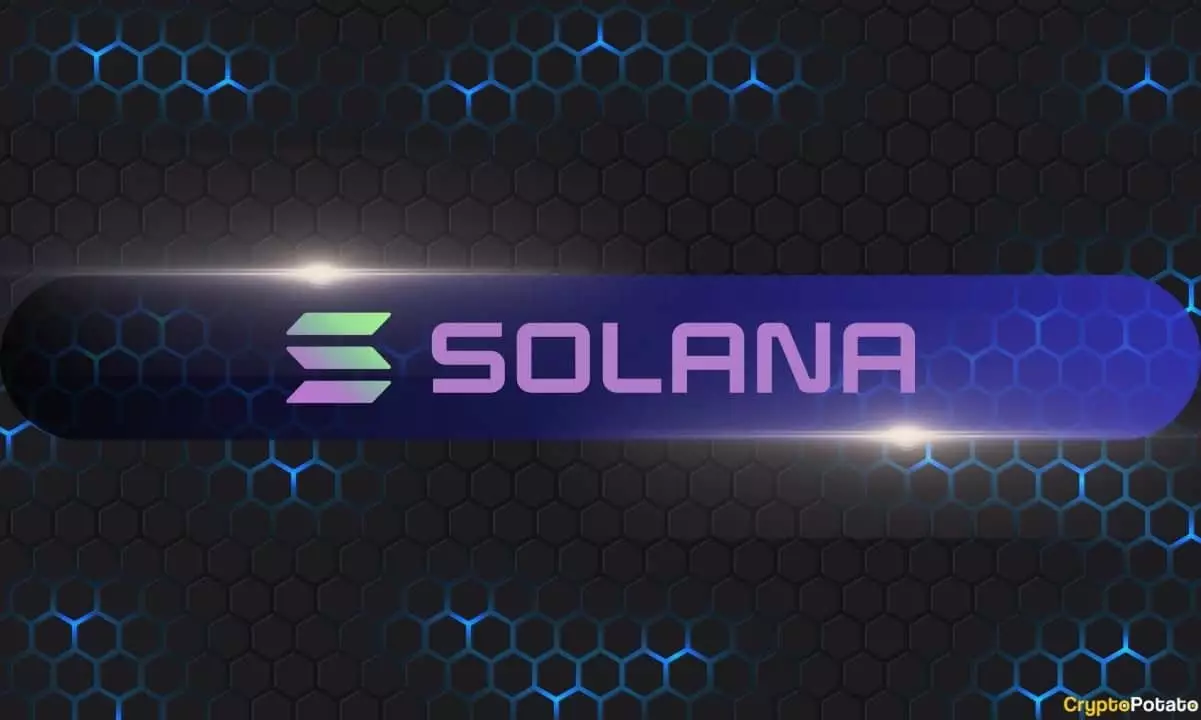The Solana blockchain has recently found itself at the center of a contentious debate, with its reputation being put to the test. Critics argue that it primarily serves as a hub for speculative assets, particularly meme coins that have captured the imagination—and wallets—of many retail traders. However, voices from within the blockchain community, such as Helius Labs CEO Mert Mumtaz, contend that Solana is being unjustly scapegoated for broader challenges facing the cryptocurrency space. This article aims to unpack these contrasting viewpoints and analyze the implications of the current controversies surrounding Solana.
The blockchain landscape has seen a remarkable surge in activity, particularly through meme coins, which often attract fleeting interest from investors. A notable example is the attention garnered by tokens associated with public figures such as former U.S. President Donald Trump and his wife, Melania. The launch of Official Trump (TRUMP) and Melania Meme (MELANIA) coins epitomizes this trend, illustrating how celebrity endorsements can spark speculative trading. Nevertheless, these coins have also been implicated in a cycle of volatility where retail traders face significant financial risks. With increased instances of price manipulation—often orchestrated by insiders—there is a growing sentiment that Solana has become a magnet for such reckless trading behavior.
In various cases, the rise and subsequent crashes of these coins have led some to label Solana as a “casino” environment, suggesting that it is a poor venue for legitimate investments. Recent incidents have further inflamed distrust; after the launch of the LIBRA coin, backed initially by Argentinian President Javier Milei, the rapid appreciation of its market cap—soaring beyond $4 billion—was swiftly followed by an equally severe collapse when Milei withdrew his support. The aftermath saw significant losses for many investors, revealing the inherent risks of participating in this erratic ecosystem.
At the center of the controversy is the issue of insider trading, where individuals with privileged information profit while ordinary investors are often left to navigate a minefield of misinformation. The LIBRA incident exemplifies this troubling dynamic. Hayden Davis, the crypto trader behind LIBRA, acknowledged making over $100 million from the token’s initial hype. Such revelations raise eyebrows and lead to broader suspicions about the integrity of platforms utilizing Solana’s infrastructure. When allegations surfaced regarding the complicity of decentralized exchange platforms like Jupiter and Meteora in the LIBRA scheme, it proved detrimental to Solana’s reputation. Meteora co-founder Ben Chow’s resignation as a reaction to these claims further emphasizes how quickly reputations can be tarnished in the current atmosphere.
Furthermore, Mumtaz’s comments highlight a persistent struggle in the blockchain space. He contends that the actions of a few bad actors should not define an entire ecosystem. Mumtaz argues that “the criminals will be punished, and the builders will keep building,” underscoring that the long-term vision for Solana goes beyond the short-term whims of speculative trading. His assertion that “value creators are outnumbered by value extractors” resonates deeply, as it reflects a universal challenge within technology-driven sectors: the balance between innovation and the exploitation of that innovation for quick gains.
It’s crucial to contextualize the current situation within a historical framework. Other blockchain platforms, such as Ethereum, have faced similar scrutiny, particularly during the ICO boom of 2017 when a vast majority of projects were later revealed to be scams. Ethereum, too, was labeled as a breeding ground for malicious activity, yet it has since evolved to host a myriad of legitimate and groundbreaking applications.
Mumtaz is right to point out that while meme coins dominate headlines, numerous valuable projects are being developed on Solana, ranging from decentralized GPU rendering to tokenized real estate solutions. Yet the challenge remains: how do these innovations gain the traction they deserve in a space consistently overshadowed by memes and speculation? The ongoing discourse surrounding Solana is a microcosm of the wider cryptocurrency landscape where legitimate advancements often take a backseat to sensationalism.
While it’s easy to vilify Solana for its association with speculative assets and high-profile failures, a deeper examination reveals a more nuanced reality. As the blockchain community grapples with the complexities of decentralization, the importance of distinguishing between the quality of genuine projects and the dubious nature of certain trends cannot be overstated. It’s a learning curve for all involved, and the path forward will depend on a collective effort to foster a healthier ecosystem that promotes innovation and integrity over speculative frenzy.

